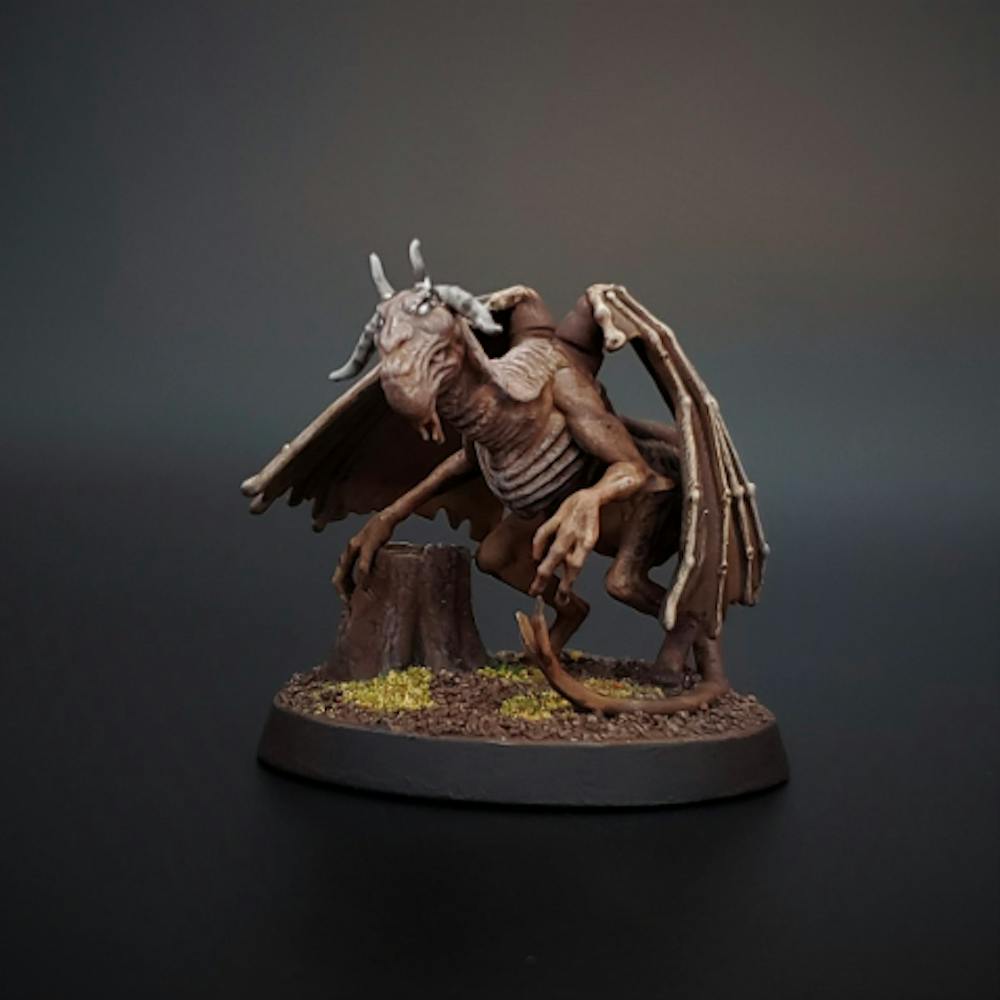By Shaim Akhtar
Staff Writer
It is that time of year when Halloween is just around the corner, and the spooky season in the Garden State is in full swing. Yet, in our own backyard, lies the most frightening tale, one that has been told to many New Jerseyans and Pennsylvanians for generations: the Jersey Devil.
The first reported sighting of the Jersey Devil occurred in 1735 in the Pine Barrens region of New Jersey. According to the legend, the creature was believed to be the result of a curse placed by Jane Leeds, who had become frustrated with her numerous pregnancies and sought to prevent the next one through a curse on her thirteenth child. After the birth, her child began to transform, with its feet turning into hooves, its face adopting goat-like features, leather wings expanding from its back and a forked tail thrashing about violently. Subsequently, the child flew up the chimney of the house, eluding its parents and others who attempted to restrain the creature.
Multiple clergymen in the surrounding area believed that Leeds was a witch and allegedly had an affair with the Devil, resulting in the transformation of their thirteenth child, giving rise to the tale's original name: the Devil of Leeds.
In 1820, the next significant sighting of the creature occurred in Bordentown, New Jersey. Multiple farmers and Joseph Bonaparte, the brother of French Emperor Napoleon Bonaparte, reported seeing the creature flying above his estate and preying on farm animals. A few years later, a farmer in the same area shot and killed the creature with his rifle and showed the lost image to locals, who couldn't match the creature's features with those of any other known animals
In the following years, there were numerous mass sightings and rumors of the creature roaming the area, causing widespread chaos. Some of the sightings included Naval Commodore Stephen Decatur firing his cannon at the creature and multiple New Jersey and Pennsylvania police officers attempting to shoot the creature.
When analyzing the origins of the tale in the mid-1700s, there is no recorded evidence of a Jane Leeds with a direct connection to the area or the events that supposedly occurred, according to Mythology and Fiction Explained. Furthermore, there is also no concrete evidence, such as a recorded image or video, that has ever captured the presence of the horrific creature.
Yet, numerous news outlets during the creation of the tale and across various time periods have covered the story in a fictitious and rumor-filled manner to generate revenue and draw attention to the Garden State. As a result of the expanded coverage over time, the Jersey Devil became a prominent New Jersey urban legend known to many residents in the region and beyond.
The symbol of the Jersey Devil has also entered the mainstream through the creation of various New Jersey attractions that entice tourists to visit, such as the Folklore Guided Hikes in the Pine Barrens region. Additionally, the tale has become the exclusive symbol and mascot of New Jersey's infamous National Hockey League team, the Jersey Devils.
While the existence of the Jersey Devil remains a mystery tainted by misinformation and false sightings, there is no doubt that the tale has had a significant impact on New Jersey's culture and folklore.







